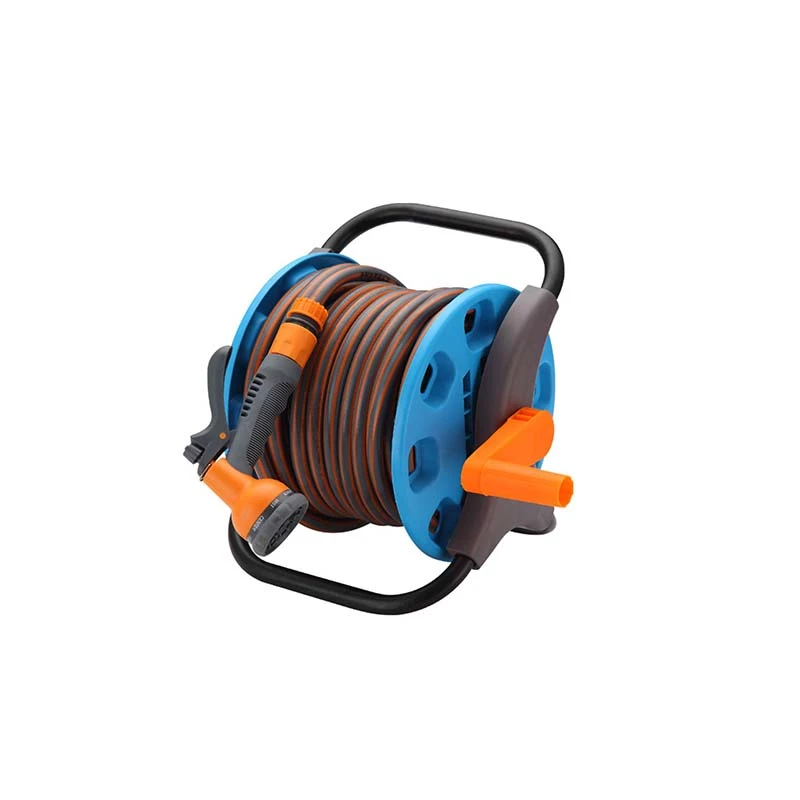fiber reinforced pvc
Fiber-Reinforced PVC A Comprehensive Overview
Fiber-reinforced PVC (polyvinyl chloride) is gaining significant traction in various industries due to its unique properties and advantages. This composite material combines the durability of PVC with the strength-enhancing qualities of fibers, resulting in a product that is both lightweight and exceptionally strong. In this article, we will delve into the composition, benefits, applications, and future of fiber-reinforced PVC.
Composition
Fiber-reinforced PVC is made by incorporating fibers such as glass, carbon, or natural fibers into the standard PVC matrix. The reinforcement fibers can greatly enhance the mechanical properties of PVC, making it more suitable for demanding applications. The combination of rigid PVC and flexible fibers creates a composite that maintains the advantageous properties of both materials—rigidity, impact resistance, and chemical durability from PVC, along with improved tensile strength and stiffness from the fibers.
Benefits
The advantages of fiber-reinforced PVC are numerous, making it a preferred choice in many scenarios
1. Increased Strength and Durability The incorporation of fibers significantly enhances the mechanical strength of PVC, making it ideal for applications requiring high impact resistance. This increased durability extends the lifespan of products made with fiber-reinforced PVC.
2. Lightweight Nature Despite its enhanced strength, fiber-reinforced PVC remains lightweight compared to traditional materials like metals or wood. This characteristic is particularly advantageous in industries such as transportation, where weight reduction can lead to increased efficiency and reduced fuel consumption.
3. Corrosion Resistance PVC inherently possesses excellent resistance to corrosive environments. When combined with reinforcing fibers, this property is further amplified. This makes fiber-reinforced PVC an excellent choice for applications in harsh chemical settings, such as in the construction and automotive industries.
4. Design Flexibility The composite nature of fiber-reinforced PVC allows for greater flexibility in design and manufacturing. It can be molded into complex shapes and structures without compromising integrity, providing engineers and designers with versatile options.
5. Cost Efficiency While the initial cost of fiber-reinforced PVC can be higher than traditional PVC, the long-term savings in maintenance, durability, and efficiency often outweigh the upfront expenditure.
fiber reinforced pvc

Applications
Fiber-reinforced PVC is utilized across a diverse range of industries, including
1. Construction In the construction industry, fiber-reinforced PVC is used for roofing, siding, and fencing materials. Its ability to withstand weathering and impact makes it an ideal choice for external applications.
2. Automotive The automotive industry benefits from fiber-reinforced PVC in the production of lightweight, durable components. This includes parts such as dashboards, panels, and body components that not only enhance performance but also improve fuel efficiency.
3. Consumer Goods Fiber-reinforced PVC is found in various consumer products such as sports equipment, luggage, and electrical enclosures. Its lightweight and strong properties make it suitable for items requiring portability without sacrificing durability.
4. Marine Applications Due to its resistance to water and corrosion, fiber-reinforced PVC is used in marine environments for components like boat hulls and decking materials, ensuring longevity and performance in challenging conditions.
Future Trends
As technology advances, the future of fiber-reinforced PVC looks promising. The development of new fiber materials and manufacturing techniques will likely enhance its performance characteristics even further. Additionally, the increasing focus on sustainable materials is driving innovations in the use of natural fibers within PVC composites, promoting an eco-friendlier approach to design and production.
Furthermore, as industries strive for lighter and more efficient materials, the demand for fiber-reinforced PVC is expected to increase, particularly in sectors such as aerospace, construction, and automotive. The combination of sustainability and performance will forge new paths for the material's development and application.
Conclusion
Fiber-reinforced PVC represents a significant advancement in material science, merging the benefits of traditional PVC with the strength of reinforcing fibers. Its unique properties make it an optimal choice for a wide range of applications, from construction to automotive industries. As we move forward, continued innovations and an increased focus on sustainability will further enhance its role as a vital material in modern engineering and design. The future of fiber-reinforced PVC holds great potential, promising to revolutionize how we approach strength, durability, and efficiency in material use.
-
Top Quality Oxy Acetylene Hoses for Sale Fit for Welding DemandsNewsJul.28,2025
-
The Future of Pneumatic Air Tubes in IndustryNewsJul.28,2025
-
Superior and Reliable LPG Hose Pipe Solutions for Every NeedNewsJul.28,2025
-
Exceptionally Durable and Versatile Premium Braided PVC TubingNewsJul.28,2025
-
Best Adapters for Connecting Garden Hose to PVC Pipe ConnectionsNewsJul.28,2025
-
The Essential Role of LPG Hoses in Safe and Efficient Gas DistributionNewsJul.16,2025














